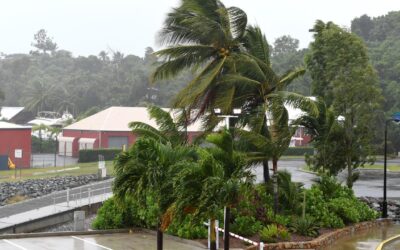Sorry, that’s old news…
You’ve found an older news story. We delete stories from our AAP News Feed after two months. But fear not, here’s today’s news!

China will slap an extra 55 per cent tariff on beef from Australia and other nations when the imports exceed ...

Revellers across the nation united to usher in the new year as police turned out in record numbers to ensure a ...

Freshly released documents from John Howard's cabinet shine a light on critical decisions from industrial ...

A pick-up in orders before holidays and a rush to finish building projects have helped Chinese factory activity ...

Denmark's postal service has delivered its last letters and will focus entirely on parcel mail in a sign of the times.

Choppers are assessing damage from monsoonal floods on one side of the country, as an ex-tropical cyclone moves ...

Partygoers' New Year's Eve celebrations are set to be thrown into chaos as hundreds of workers at Australia's ...

The performance of small caps, gold miners and the big banks was among the key investment themes for the year as ...
No results found.
Background image courtesy victoriancollections.net.au